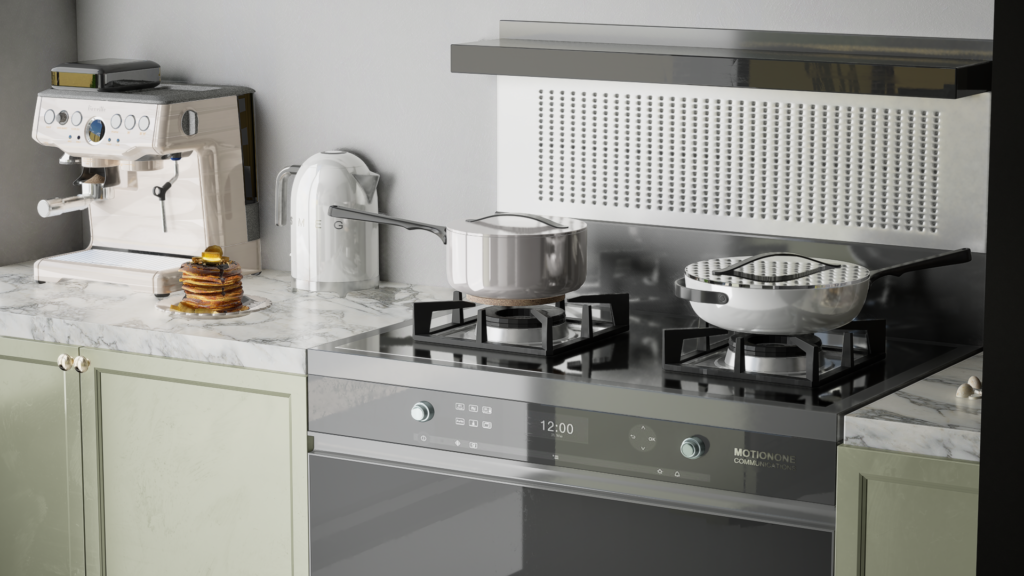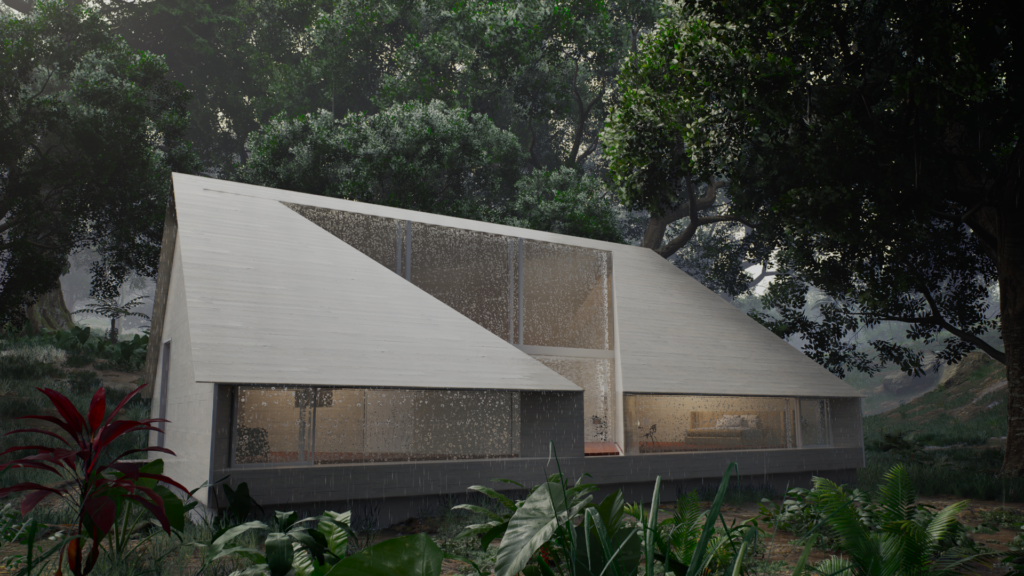
UNREAL ENGINE COURSES

Unreal Immersive Creations
Duration:
30 hours+
No of Modules:
13
Mode of Training:
Instructor Led: On-line/Off-line
Software Version:
UE5
__________________________
Course Outcome:
Create fully functional applications using Unreal Engine for Windows platforms.
Build intuitive interfaces and implement dynamic user interactions.
Ensure smooth performance and successfully deploy applications across Windows versions.
-----------------------------------
Course Content
1. Introduction to Interactive Applications
- Overview of interactive applications and their use cases.
- Understanding the differences between games, simulations, and interactive experiences.
2. Preparing Your Development Environment
- Preparing Your Development Environment
- Installing necessary plugins and configuring project settings.
3. First Steps in Unreal Engine for Interactivity
- Creating a basic interactive application.
- Navigating the Unreal interface and understanding key tools.
4. Designing User Interactions with Blueprints
- Using Blueprints to create user interactions (e.g., menus, buttons).
- Developing logic for complex interactions.
5. Building a First-Person Character
- Creating and customizing a first-person character for interaction.
- Adding movement, interaction, and physics.
6. Implementing Environmental Interactions
- Creating interactive environmental elements (e.g., doors, switches).
- Using physics-based interactions for realism.
7. User Interface and HUD Design
- Designing a user-friendly interface for your application.
- Implementing HUD elements for user feedback.
8. Advanced Material and Lighting Techniques
- Creating dynamic materials that respond to user input.
- Using lighting to enhance interactivity and immersion.
9. Animation and Visual Effects
- Implementing animations triggered by user interactions.
- Adding visual effects to enhance the user experience.
10. Optimizing for Performance
- Techniques for optimizing application performance on various hardware.
- Reducing load times and improving responsiveness.
11. Testing and Debugging Interactive Applications
- Best practices for testing user interactions.
- Debugging common issues in interactive applications.
12. Packaging and Deploying for Windows
- Preparing your application for deployment on Windows.
- Ensuring compatibility across different Windows versions.
13. Advanced Tips and Tricks
- Advanced techniques for enhancing interactivity.
- Leveraging Unreal’s latest features for innovative applications.

Unreal Virtual Horizons
Duration:
30 hours+
No of Modules:
9
Mode of Training:
Instructor Led: On-line/Off-line
Software Version:
UE5
__________________________
Course Outcome:
Build immersive VR experiences using Unreal Engine for PC and standalone VR headsets.
Design and implement user-interactive VR scenes.
Enhance VR project performance for smooth experiences across VR platforms.
Create complex VR interactions and effects using Blueprints.
Package and deploy VR applications to standalone VR devices.
Utilize advanced rendering techniques for visually stunning VR environments.
Integrate custom interactions and optimizations for cutting-edge VR experiences.
-----------------------------------
Course Content
1. Introduction to Virtual Reality Development
- Understanding the basics of VR and its applications.
- Overview of VR hardware and software requirements.
2. System and Hardware Setup
- Preparing your computer and VR hardware for development.
- Best practices for optimizing hardware performance.
3. First Steps in Unreal VR
- Setting up a VR project in Unreal Engine.
- Navigating the VR development environment
4. Creating Interactive VR Experiences
- Developing basic VR interactions.(e.g., object grabbing, teleportation).
- Using Blueprints for complex interactions.
5. Designing an Immersive Archviz VR Scene
- Best practises for creating immersive architectural visualization scenes.
- Incorporating realistic lighting and materials.
6. Advanced Blueprint Integration
- Adding advanced Blueprints to enhance interactivity in the VR scene.
- Creating custom VR interactions and effects.
7. Optimizing VR for High Performance
- Techniques for optimizing VR contents for standalone devices.
- Reducing latency and improving frame rates.
8. Packaging and Deploying VR Projects
- Packaging VR projects for standalone platforms.
- Testing and troubleshooting deployment issues.
9. Finalizing and Exporting VR Projects
- Preparing final files for delivery and distribution.
- Best practises for VR project exportation.

Unreal HyperReal FX
Duration:
30 hours+
No of Modules:
14
Mode of Training:
Instructor Led: On-line/Off-line
Software Version:
UE5
__________________________
Course Outcome:
Create photorealistic renders with advanced lighting, materials, and post-processing techniques.
Prepare complex 3D models and enhance scenes using Lumen and Nanite.
Add basic interactivity with Blueprints and export optimized final renders.
-----------------------------------
Course Content
1. Introduction to Photorealism in Unreal
- Understanding the fundamentals of photorealistic rendering.
- Overview of industry applications.
2. Advanced 3D File Preparation
- Optimizing 3D models for Unreal Engine.
- Best practices for importing complex assets.
3. UE5 Setup for Photorealism
- Detailed setup of Lumen and Nanite.
- Advanced project settings for high-end rendering.
4. Mastering Lighting Techniques
- Dynamic and static lighting with Lumen.
- SunSky and HDRI lighting for realistic environments.
5. Reflections and Refractions
- Utilizing Lumen for accurate reflections.
- Implementing glass, water, and other reflective surfaces.
6. Material Creation and Optimization
- Developing complex materials with Unreal’s Material Editor.
- Optimizing materials for performance.
7. Advanced Geometry and UV Mapping
- Correcting geometry issues post-import.
- UV mapping techniques for detailed texturing.
8. Utilizing Megascans and Custom Assets
- Integrating Quixel Megascans.
- Creating and optimizing custom assets.
9. Artificial and Natural Lighting Integration
- Blending artificial and natural lighting for interior and exterior scenes.
10. Advanced Scene Composition
- Using cameras and cinematic tools for scene composition.
- Creating a photorealistic environment layout.
11. Blueprints for Intro
- Creating simple interactive elements.
12. High-Quality Rendering Techniques
- Finalizing render settings for high-quality output.
- Advanced rendering techniques and tips.
13.Post-Processing Effects
- Applying post-processing for photorealism.
- Color grading, bloom, and other effects.
14. Optimizing for Final Delivery
- Project and asset optimization for efficient rendering.
- Exporting for different platforms.
